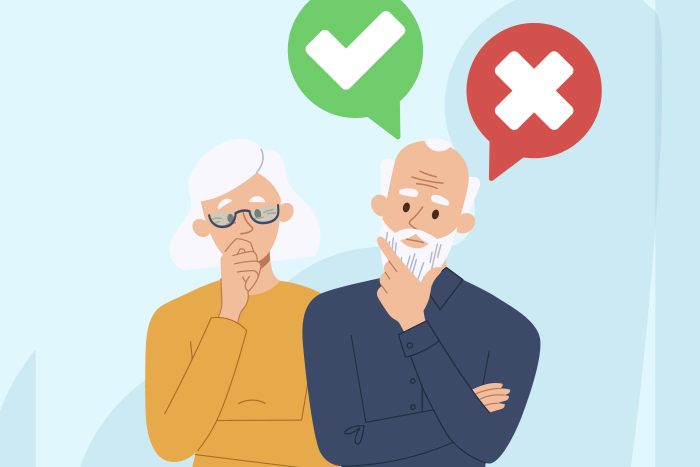Do’s and Don’ts When You Have Arthritis
Living with arthritis isn’t always easy, but small daily choices can make a big difference. From how you move to how you manage pain, there are things you can do to feel better—and things to avoid that might make symptoms worse. This article gives you gentle, no-judgment advice to help you take control of your joint health and feel more confident in your body.
Let’s look at some helpful do’s and don’ts that can guide you through everyday life with arthritis.
Do: Keep Moving
One of the best things you can do for arthritis is to stay active. Movement helps keep your joints flexible, strengthens the muscles that support them, and boosts your mood.
Try these gentle activities:
Walking around the block, in the park, or inside a mall
Stretching each morning
Water aerobics or swimming
Tai chi or chair yoga
You don’t need to exercise for hours—just a little each day adds up. If you’re unsure where to start, ask your doctor about working with a physical therapist or joining a senior-friendly fitness class.
Tip: Move at your own pace. If it hurts, slow down or rest. But don’t stop moving altogether.
Don’t: Stay Still Too Long
It’s tempting to rest all day when your joints hurt—but too much stillness can lead to stiffness and more pain. The key is balance.
Try setting a gentle routine, like:
Getting up every hour to stretch
Taking short walks, even around the house
Doing a few seated exercises during TV commercials
Avoid long periods of sitting or lying down unless you're resting after activity. Keeping joints in motion—even gently—helps them work better.
Do: Use Heat and Cold
Heat and cold can be simple, safe ways to ease joint pain at home.
Use heat (like a warm towel or heating pad) to relax stiff joints and muscles.
Use cold (like a cold pack or a bag of frozen peas wrapped in a towel) to reduce swelling after activity.
Tip: Use heat before movement and cold after activity, especially if you’re feeling sore.
Don’t: Push Through Sharp Pain
It’s okay to feel a little soreness after activity—but sharp, stabbing pain is a red flag. That kind of pain means you may be doing too much or doing the wrong kind of movement for your joints.
If something hurts suddenly or severely, stop and rest. If it doesn’t go away, talk to your doctor or physical therapist.
Listen to your body—you know it better than anyone.
Do: Protect Your Joints
Using the right tools and habits can reduce pressure on your joints.
Try these joint-friendly tips:
Use a jar opener or electric can opener in the kitchen
Carry bags close to your body or use a cart
Sit in chairs with armrests to help you get up easily
Use thicker pens with soft grips for writing
You don’t need fancy equipment—just small changes to reduce daily strain.
Don’t: Overdo Heavy Tasks
Activities like lifting heavy grocery bags, gardening for hours, or scrubbing floors can take a toll on your joints.
Spread out big tasks. Break them into shorter sessions. Ask for help when needed—it’s not a sign of weakness, it’s a sign of smart self-care.
Remember: You’re doing the best you can. It’s okay to rest and reset.
Do: Eat Well and Stay Hydrated
Eating a balanced diet can help manage inflammation and support overall health.
Focus on:
Fruits and vegetables
Whole grains
Lean proteins like fish or beans
Healthy fats like olive oil and nuts
Drink plenty of water each day. It keeps your joints lubricated and your body feeling its best.
Bonus: Healthy eating also supports heart health and energy levels.
Don’t: Skip Doctor Appointments
Your doctor or arthritis specialist can help you stay ahead of symptoms and adjust your care plan as needed. Be open about what’s working—and what’s not.
Bring a list of questions and a notebook to write down answers. You deserve clear information and compassionate care.
You’re In the Driver’s Seat
Managing arthritis takes time and patience—but every choice you make adds up. Whether it’s choosing to take a short walk, use a heat pack, or say “yes” to help, you’re making moves that support your health.
You don’t have to be perfect. Start with one or two changes and build from there. The goal isn’t to do everything—it’s to do something that makes you feel a little better each day.
Sources:
Mayo Clinic: Arthritis
Mayo Clinic: Arthritis pain: Do's and don'ts
Arthritis Foundation: Pain Management Resources

